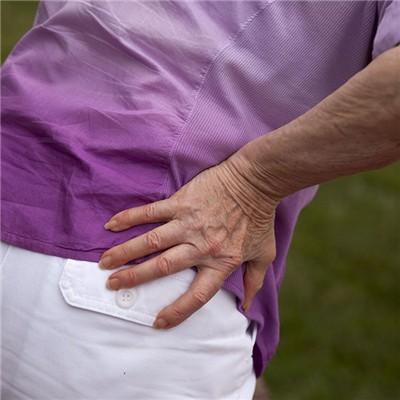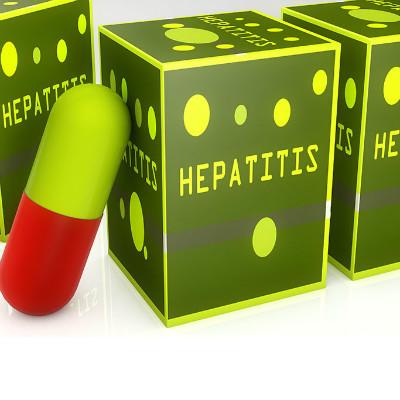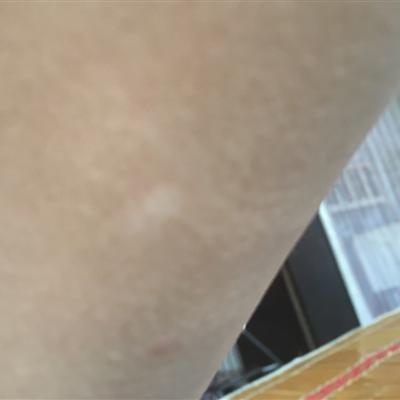Erythema symptom of lymphatic cancer?
summary
The condition of lymphatic cancer is more common, and it is more harmful to the patient's health. For the harm caused by lymphatic cancer, we must understand that the treatment of this kind of disease is more difficult, and many patients need long-term chemotherapy to control the disease. Only with the doctor's treatment can the disease be controlled, so the symptoms of erythema of lymphatic cancer? Let's talk about it
Erythema symptom of lymphatic cancer?
Systemic symptoms: about 10% of the patients can have fever, itching, night sweats and emaciation, which are the earliest clinical manifestations; Generally, with the progress of the disease, the systemic symptoms can be aggravated; Lymphocytopenia, mediastinal and retroperitoneal lymphoma with fever and skin itching are common in these patients.
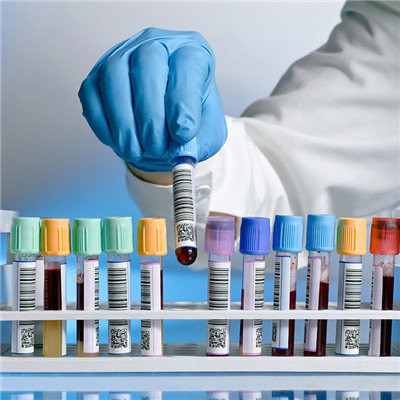
Persistent fever, hyperhidrosis and weight loss may indicate the progress of the disease and the failure of immune function, which leads to poor prognosis. But some patients with skin itching, fever and not accompanied by a huge mass, after treatment quickly improved, the prognosis is better.

Skin lesions: Patients with malignant lymphoma may have a series of non-specific skin manifestations, with an incidence of about 13% - 53%. The common ones are pellagra like papules, herpes zoster, systemic herpetic dermatitis, pigmentation, ichthyosis and exfoliative dermatitis, as well as urticaria, erythema nodosum, dermatomyositis, acanthosis nigricans, pigmented urticaria, etc, Scratches and skin infections caused by itching are more common. The immune status of patients with advanced malignant lymphoma is low, and the skin infection often lasts for a long time, resulting in systemic scattered skin thickening and desquamation.
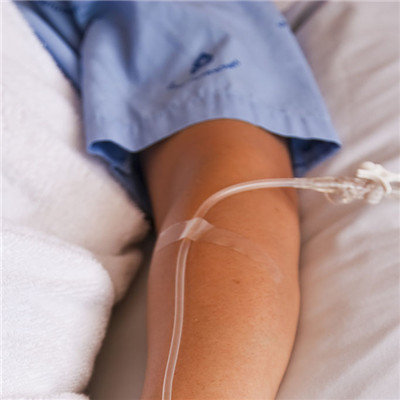
matters needing attention
During the period of illness, patients should be treated in time. In this way, it is helpful for patients or for the treatment of patients. When patients receive treatment, patients should understand the disease in time.

